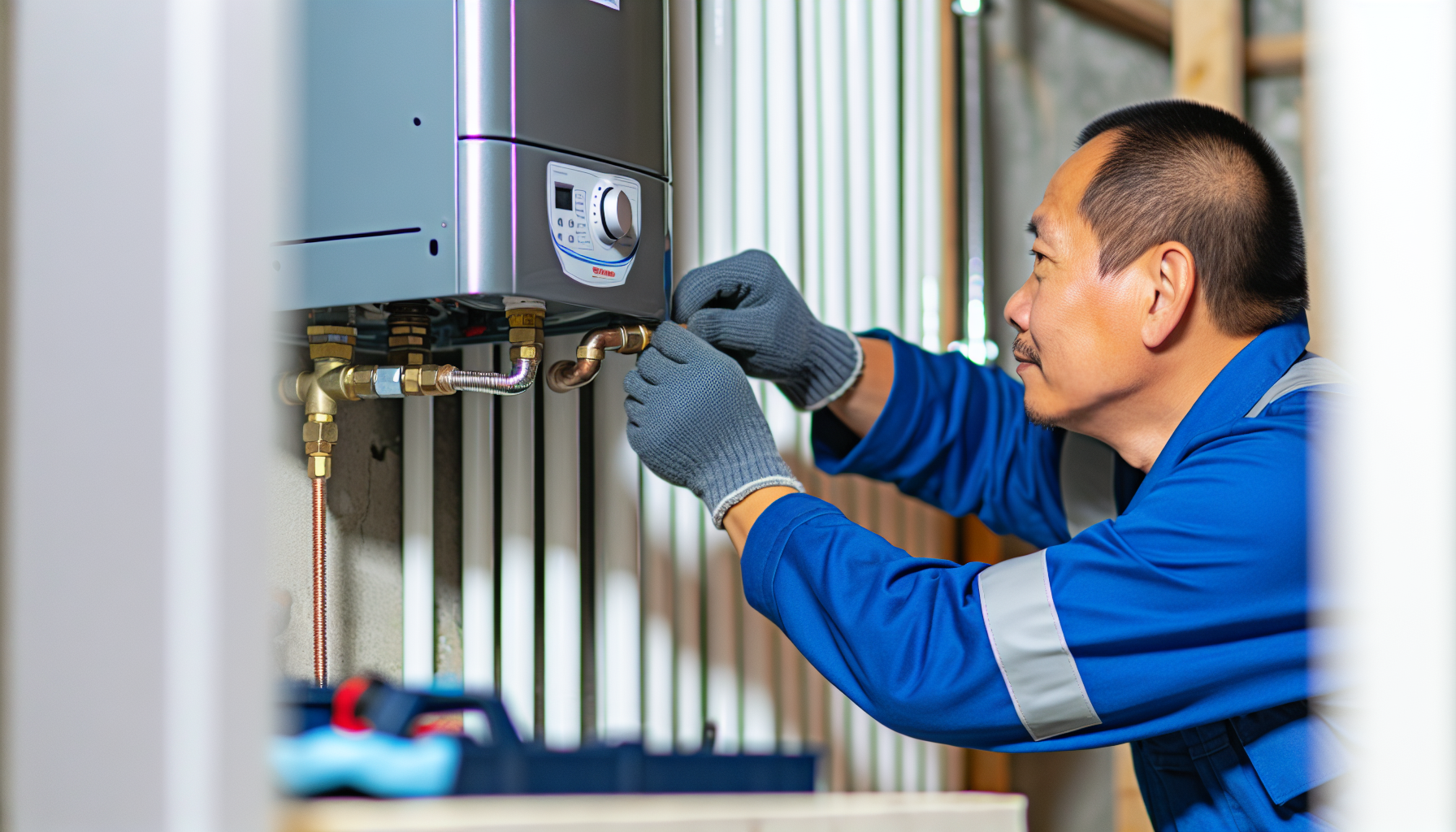If you’ve ever wondered how your shower magically turns warm on a chilly morning, you’re not alone! A gas hot water system might be the unsung hero behind this modern comfort. But how does it all actually work? Let’s dive into the world of gas hot water systems (spoiler: it’s not as complicated as you think).
The Basics of a Gas Hot Water System

So, first things first—what even is a gas hot water system? Simply put, it’s a setup that heats water using… you guessed it… gas! The system uses either natural gas or LPG (liquefied petroleum gas) as its fuel source to warm up the water you use in your home. Whether it’s for a relaxing bath or tackling that mountain of dishes, this system works tirelessly in the background.
Most gas hot water systems come in two main types:
- Storage Systems: These have a big tank where hot water is stored until you need it. Think of it as your personal hot water reserve.
- Continuous Flow (or Tankless Systems): These heat water on demand. No tank, no waiting, just endless hot water—sounds fancy, right?
Step-by-Step: How It Works
Here’s a simple breakdown of how a gas hot water system does its magic:
- Ignition: When you turn on a hot water tap, the system detects the need for hot water. It then ignites a burner using gas as fuel.
- Heating: The burner heats up a heat exchanger, which is like a metallic coil that transfers heat to the water passing through it. The water flows around or through this exchanger, getting warmer by the second.
- Temperature Control: Most modern systems have thermostats that keep the water at your preferred temperature. No more scalding surprises or lukewarm letdowns!
- Delivery: Once heated, the water travels through your plumbing and arrives at your tap, ready to make your day a little more comfortable.
Sounds pretty straightforward, doesn’t it? But there are some clever details at play that make gas hot water systems so efficient.
Why Choose Gas Hot Water Systems?
Gas Hot Water Systems are popular for a few good reasons. Firstly, they’re super-efficient. Gas burns hot and fast, so it heats water quickly, saving you both time and energy. Secondly, they’re reliable. Even during a power outage, a gas system can keep your water warm (take that, electric systems!).
Plus, if you opt for a continuous flow system, you’ll never run out of hot water again. That’s a win for those long showers… although your water bill might not agree!
Common Missteps and Myths

Let’s clear up a few things. Some folks think gas systems are harder to maintain or more dangerous. While it’s true that anything involving gas needs to be handled with care, regular maintenance from a licensed professional keeps your system running smoothly and safely. It’s not rocket science… although it is gas science.
Another myth is that gas systems are bulky. While storage systems do require a tank, continuous flow models are compact and can fit into tight spaces. So, no, they won’t take over your laundry room.
Caring for Your Gas Hot Water System
Like any hero, your gas hot water system needs a little TLC. Here’s how you can keep it in tip-top shape:
- Annual Check-Ups: Get a professional to inspect the system every year to ensure it’s functioning efficiently.
- Keep It Clean: Clear away any debris or dirt around the system, especially if it’s installed outdoors.
- Monitor for Issues: If you notice unusual noises, fluctuating water temperatures, or higher gas bills, it’s time to call in the pros.
By giving your system some love, you’ll extend its lifespan and keep it running like a champ.
A Few Final Thoughts
A gas hot water system might not be the most glamorous thing in your home, but it sure is one of the most important. By understanding how it works and taking good care of it, you can enjoy hot water whenever you need it without a second thought.
So, next time you’re enjoying a steamy shower or soaking in the tub, take a moment to appreciate the hard-working system behind the scenes. It might not ask for much, but it’s always there, ready to bring your water to life… one hot drop at a time!
